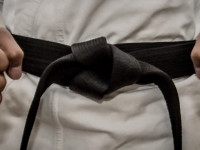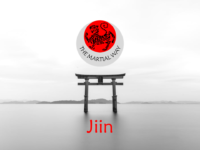Kata has always been an integral part of any Karate practice. In Shōtōkan Karate, Kata is a sequence of pre-arranged movements. The basic goal of Kata is to preserve and transmit proven techniques and to practice self-defence. By practicing in a repetitive manner the learner develops the ability to execute those techniques and movements in…
Learn more
Shōtōkan Katas







